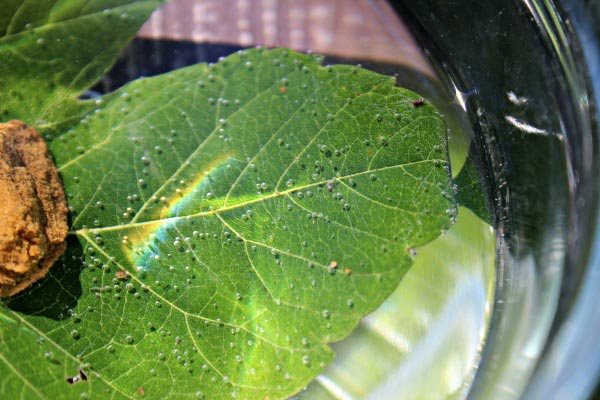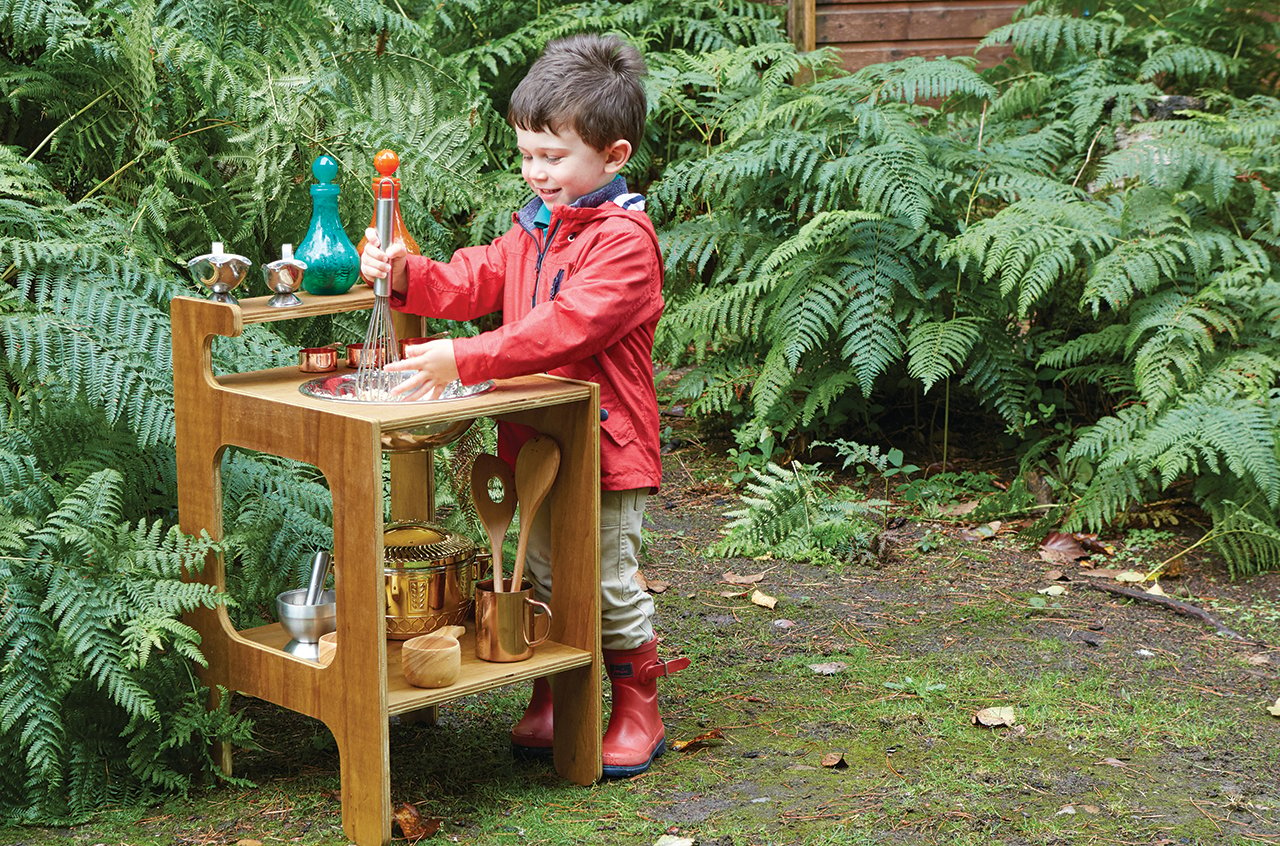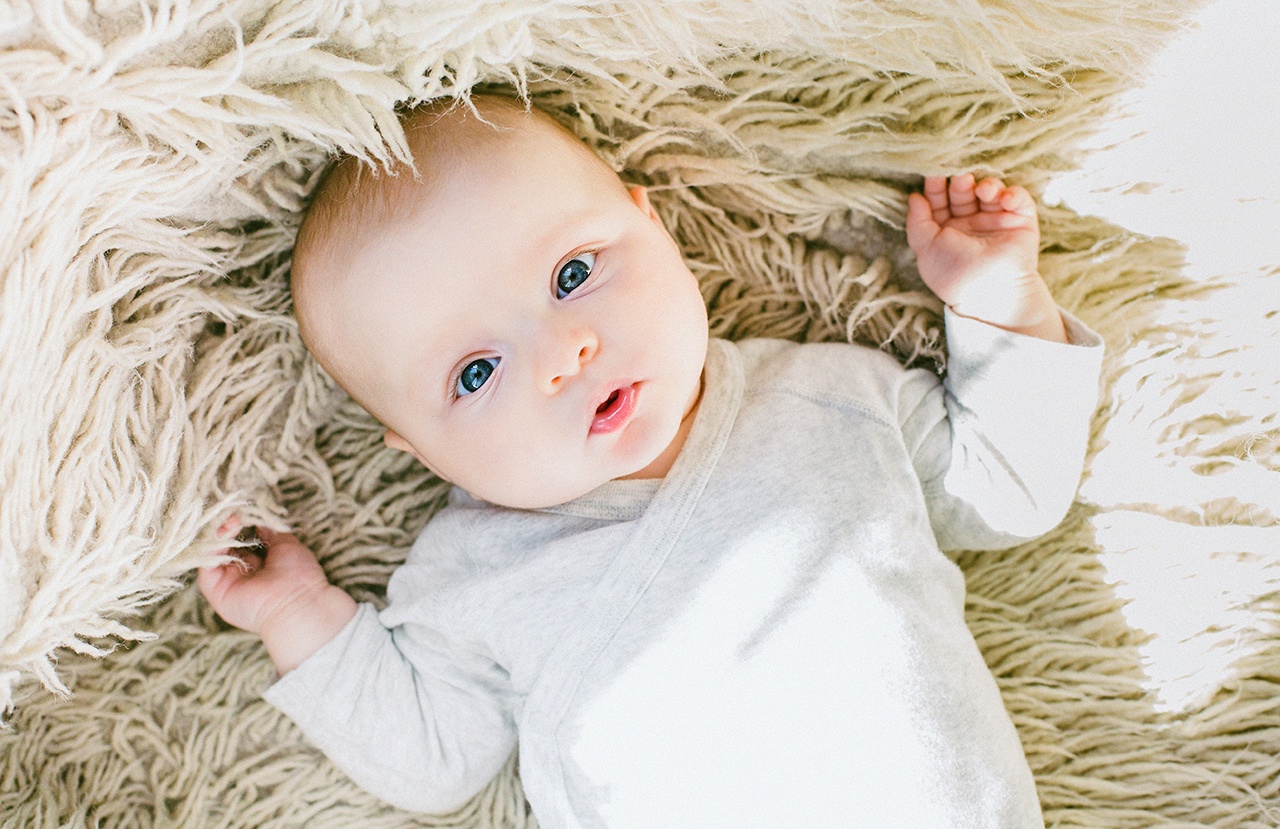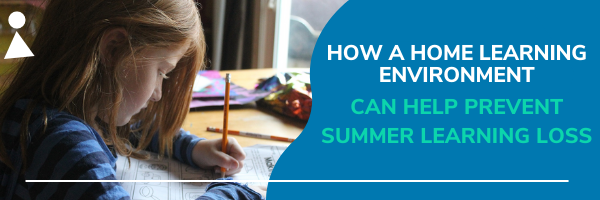Whether you are looking for ideas for your toddler or preschool program, here are 3 easy and fun science experiments you can take outside!
How Do Plants Breathe?
This is the most simple experiment ever. All you'll need is a bowl of water and a leaf to create an environment where your little ones can actually see the oxygen/carbon dioxide process of plants!
Your little friends don't quite understand that plants & trees are 'living' things, so this helps them to visualize that concept.
A clear bowl or beaker works best for this experiment, as you can see the reaction from all angles. A large beaker would work great as well. These ones are plastic (great for outside) and they help extend the experiment. Have the kids measure out the water to add a math component.
Fill the beaker with lukewarm water. You'll want to remove a leaf from a tree or plant and not just pick one up off the ground as we want an 'active' leaf for the project. Have each child collect leaves (you will why in a moment).
Place the leaf in the bowl of water and put a small rock on top of it so it is FULLY submerged under the water and put the bowl in a sunny spot.
The experiment takes a few hours, so here is the perfect time to use those leaves for a leaf rubbing art activity.
After a few hours, you will see small bubbles forming around the leaf and the edges of the bowl. These are easy to see with the naked eye, but large magnifying glasses are a fun way of introducing your little ones to science instruments.
Here is what they are learning:
The leaf is using the sunlight as part of the photosynthesis process (where leaves convert sunlight to energy). As a leaf creates that energy, it needs to get rid of the items it no longer needs so it will expel both the extra oxygen during photosysthesis along with water (the release of water from a plant is called transpiration).
The process of photosynthesis is what allows us to see the bubbles -- as the leaf releases its' extra oxygen while submerged, the oxygen can be seen as bubbles in the water.
And since oxygen is lighter than water, the bubbles will eventually rise to the surface.

Photo Credit: EDventures with Kids
What Melts In the Sun?
Consider use a sorting tray, large activity tray, or add a dramatic play element by using the Mud Kitchen Outdoor Kitchen accessories and have children pretend they are "cooking".
Once you have decided which vessels or trays to conduct this experiment in, gather up some items. Here are some ideas:
- A Lego (of course!)
- Ice
- A wooden block
- A rock
- Butter
- A cube of cheese
- A marble
- A quarter
- A square of Hershey’s chocolate
- Three crayons
- A cube cut off a bar of soap
Have a discussion about which items they think will melt in the sun. Place them outside in the sun and set a timer for ten minutes. Since we are conducting this experiment outside, the kids can run around and play in your outdoor space while they wait. Using an audible and visual timer will help kids know and see when they should come back to check their experiment to see if their hypotheses were correct. What melted? What needs more time to melt? What will not melt at all?
Set the timer again and come back to check if more things have melted. You can do this for the entire time you are outside, or even leave it until you come back outside again later in the day for a final check.
Here is what they are learning:
All solids have a melting point – and they can be very different!
Magic Potions
This oil and water experiment is a classic, but we are adding a fun twist! You will need:
- water
- cooking oil (we used canola, but vegetable would work well)
- food colouring
- large potion bottles
- funnel
Fill the potions bottles 1/3 full of water and add some food colouring. Have the children shake the bottles to disperse the food colouring. Next, add the oil and watch these become magic potions.
Questions to ask while you are making these potions- what happens when you shake the bottle really hard? Does the potion get more bubbles? What happens when you let the potion rest? What happens if you put the potion in the sun?
If you try any of these experiments in your Centre, be sure to comment below and share pictures!







.png)